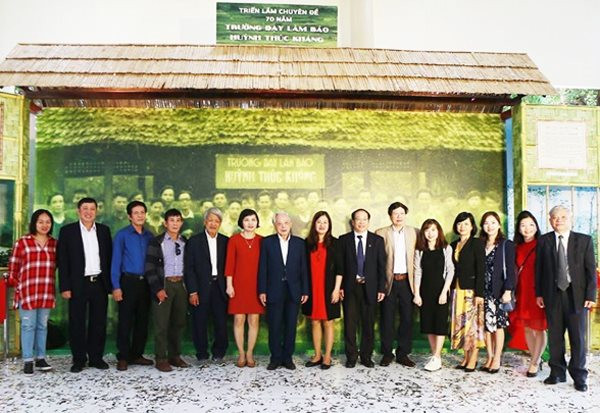
Journalism teacher of many generations of journalists
Mr. Tran Ba Lan is a son of the Tran family in Thuong Tin district, Hanoi . Generations of students who were students of Mr. Tran Ba Lan at the Central Propaganda School in the years 1960-1980 of the last century still respect and love an exemplary and wise teacher. As for us, who entered the profession after he retired, although we did not directly learn from him through class hours, we were able to read and absorb the quintessence of the profession through the professional journalism textbooks in the treasure trove of professional books of the teacher since we first started our career. Reading and learning from the books, we loved and respected the teacher through the knowledge he taught from those precious books.
Mr. Tran Ba Lan, former Head of the Faculty of Journalism, Academy of Journalism and Propaganda, is known by many generations of journalists in Vietnam thanks to the textbook series: Journalism. The book series was built quite elaborately by him. Journalist Nguyen Uyen, former Editor-in-Chief of Vinh Phu Newspaper, former Head of the Association Affairs Department, Vietnam Journalists Association once commented: “Building the textbook “Journalism” is truly a scientific work that Mr. Tran Ba Lan painstakingly created with 2 books up to 870 pages, printed up to 6,500 copies; published in 1977 and 1978 and welcomed by the whole industry. The textbook is a handbook, because professional journalism cannot be without journalism theory, cannot be without understanding the common genres of the profession... I love many of his articles through the long revolutionary journeys”.
With over 40 years as a lecturer, and as Head of the Faculty of Journalism (from course one to course seven), he has persistently and meticulously summarized his experiences through training courses. In the context of the country still having many difficulties, the school still having many shortages, especially the lack of a revolutionary journalism theory system, the lack of a practical journalism professional system, he approached and researched to summarize and produce that first set of textbooks.
Training journalists is a special task. In those years, the Faculty of Journalism identified a suitable method: Training associated with the practice of journalism activities and the practice of the Vietnamese revolution in each historical period. The training model, training method, training subjects, and training time were suitable for the actual situation. At that time, the students of the first course were trained during the period when the country was still at war, the second and third courses were trained after the war ended and the country was unified. The fourth, fifth, sixth and seventh courses had a new shift in time and training methods suitable for the preparation process and the cause of national renewal.
The peculiarity at that time was that the next course was recruited after graduation or “put on hold” because of insufficient resources and lecturers. Some courses had a training period of up to 5 years, such as courses V and VI. The important thing was the maturity of the students after graduation. Many journalists left school to go to the battlefield, many quickly adapted to life in combat, work and study, and became good reporters, matured into leaders of press agencies.
Journalist Hai Duong, former Head of the Party Building Department, Nhan Dan Newspaper, former student of the 5th course commented: “Regarding the career of journalism training, in our opinion, he has sought to limit the “loss” of journalism by: Deeply researching the history of the country’s journalism, from the early Vietnamese press in the 19th century to the early 20th century, to the press during the Party building period (1930) and the press during the revolutionary period (1930-1945), (1945-1975). Finding the common thread of the country’s journalism through historical periods, from outstanding characteristics, traditions, viewpoints, content, to style and journalism skills”.
With the principles and methods of compiling textbooks implemented from the 70s of the last century until today, after more than half a century, every time I re-read that valuable textbook, I still see the current values of the professional principles. That is a great contribution of the teacher and researcher Tran Ba Lan. This, he clearly stated in the section about "The smooth start of the formation of the theory of revolutionary journalism in Vietnam".
Reading this newly published book, readers will understand more deeply why the textbook has such a "sustainable" meaning over time. That is because the author himself, Mr. Tran Ba Lan, is a journalist who has struggled with reality to draw valuable lessons from it. Journalism theory originates from reality and is not far from reality.
The book by Mr. Tran Ba Lan gathers a number of typical journalistic works from the years of his passion for the profession. The profound articles of a time about the portraits of workers and soldiers on the front lines at that time were truly portraits of heroes. They fought and worked regardless of danger, death was near but they were still optimistic, standing firm on the trenches darkened by smoke and fire.
Along with the reports and portraits, the young journalist Tran Ba Lan in the 50s and 60s of the last century also wrote articles ordered by friendly newspapers in the Soviet Union, China, Laos... Those were articles that did not lean towards the usual reflection, illustration of policies, praise, but rather discovered new things, the sudden, good signals of young shoots that promised a big tree, a nursery in the future.
From that professional practice, author Tran Ba Lan found the “key” when writing a textbook is to master the principles of expression and the method of expression. In principle, “it is necessary to ensure truthfulness, combativeness, leadership, and mass character”. These are the principles of Vietnamese revolutionary journalism with specific characteristics. In terms of method, the journalism textbook affirms: “the method is both scientific and easy for readers to understand and absorb. Journalism has many writing styles and genres to adapt to the nature, content, and information about current events and current issues”. Modern journalists today, if they know how to look at the principles of journalism such as “truthfulness”, “fighting”, “mass”, and look back at the “scientific”, “simple”, “persuasive” methods… then even in the era of artificial intelligence, it will be difficult to replace the professional issues of true journalists.
Cultural researcher attached to Hanoi culture
The career of researching cultural history "began" when teacher Tran Ba Lan officially... retired. The knowledge of Han Nom learned from the old years in China, combined with the love for his homeland Thuong Tin - the land of thousands of years of civilization, urged him to "Retire but not rest". With a deep and extensive knowledge of Han Nom, teacher Tran Ba Lan "calmed his mind" by researching and exploiting many documents with all his passion and enthusiasm and published many valuable works. Among them, the most notable work is: Researching the history of the Tran family in Van Hoi, Thuong Tin and discovering, supplementing and adjusting the history of the Tran Binh branch from the founder (17th century).
Secretary of the Thuong Tin District Party Committee (Hanoi) Nguyen Tien Minh said: “The Van Tu Thuong Phuc relic is a place to worship famous scholars of the past. Van Tu Thuong Phuc is a testament to the spirit of learning, to the cultural and historical traditions of Thuong Tin. However, due to time, the stone steles and many relic items have degraded and faded away. It was Mr. Tran Ba Lan who traveled here many times to read and translate the content of the stone steles. Thanks to him, the district saw more clearly the meanings and values of the steles that need to be preserved in order to have a plan and strategy to restore the relic conservation areas in the future.”
From that initial information, to the subsequent scientific seminars, the District Party Committee and the Thuong Tin District government issued a resolution on restoring the historical and cultural values of the relic, at the same time calling for socialization and successfully restored a spacious relic site worthy of the cultural history of a land rich in tradition.
After completion, Van Tu became magnificent and majestic. In order to preserve and promote the value of this historical work, on November 24, 2019, Thuong Tin district started the project to build and promote the cultural and historical value of Van Tu Thuong Phuc, Van Hoi village. The project has a total area of 3,516m2 with both internal and external architecture, including the following construction items: Front altar, incense burner, rear palace, left and right wings, stele house, bronze pillars and auxiliary works... with a total investment of more than 50 billion VND from socialized capital. After more than a year of construction, all items of the project have been completed and put into operation.
Thuong Phuc Temple of Literature was built to promote the traditional values of mandarin examinations and the tradition of learning of the ancient Thuong Phuc district (present-day Thuong Tin district), to restore the place of worship and record the names of talented people and scholars.
On the occasion of the New Year of 2023, Minister of Culture, Sports and Tourism Nguyen Van Hung visited the relic site and wrote in the guest book at the relic site: "Cultural relics are not only a place to honor scholars, respect the knowledge of intellectuals who contributed to the prosperity of the country, but also develop in depth, explaining the success of the land of culture".
Reading the article about Mr. Tran Ba Lan titled “Like a Confucian scholar left behind today”, published in the Health & Life Newspaper on November 18, 2019, I understand more about the in-depth research efforts of a retired teacher and feel the heart of a son who loves his homeland and is responsible for the country’s culture. He has revived historical figures of a historical land like Mr. Tran Trong Lieu through clear, accurate translations and elaborate research materials.
Mr. Tran Trong Lieu, who lived 282 years ago, was not only a talented general whose name is recorded in the stone stele at the Temple of Literature - Quoc Tu Giam, but also a talented doctor with a generous soul, full of humanity, and worshiping ancestors and the merits of his predecessors. (Tran Quy Hau and Tran Van Vo are the pen names of Mr. Tran Trong Lieu), he narrated "Congratulations on Tran Quy Hau's coronation as a Doctor" with a strong essay style, mixed with a proclamation and commentary, so the event emerged from a free-spirited style of writing, but concise, concise, and respectful of the family, the ancestors, family, and close friends... It was also because of the glory of the gentleman (king) who established the dynasty, took advantage of the times to practice the way, and the king's grace of knowing how to consider the people as the root (people as the foundation)... Therefore, when concluding the narration, he questioned himself about his responsibility when he was honored: "... Why did he not do things firmly, causing disaster?"...
Reading the autobiography of Dr. Tran Trong Lieu translated from Chinese to Vietnamese by Mr. Tran Ba Lan, many people today still ponder. Author Nguyen Uyen wrote: “Mr. Lan’s confession makes me remember forever: Three hundred years ago, Mr. Lieu wrote “People are the root”! He understood the role of the people in society, in the country, and clearly expressed the view that “People are the root”. This thought is even more evident in our time - the Ho Chi Minh era”.
What remains when reading this book is the values of time preserved in each word. Those are the values that a teacher passed on the passion of journalism to the next generations. It is also the careful discovery of traditional values hidden in each stele, each page of history books, through the wisdom and love of teacher Tran Ba Lan that shine, bringing values to the present and the future.
Source



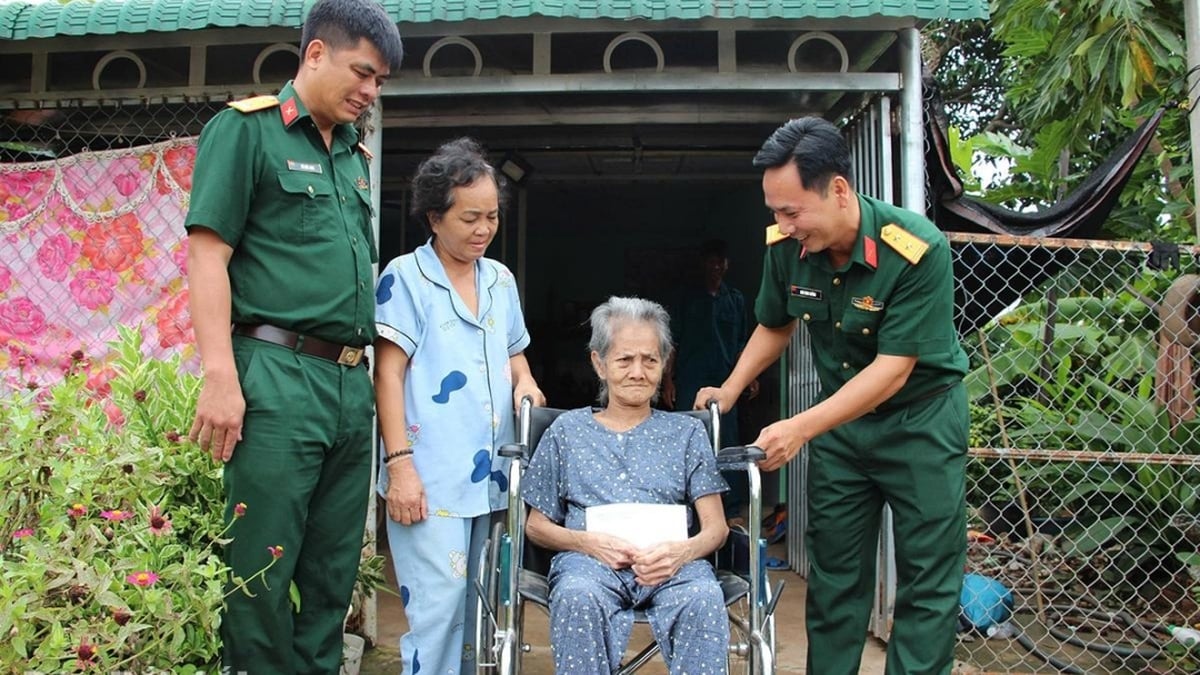
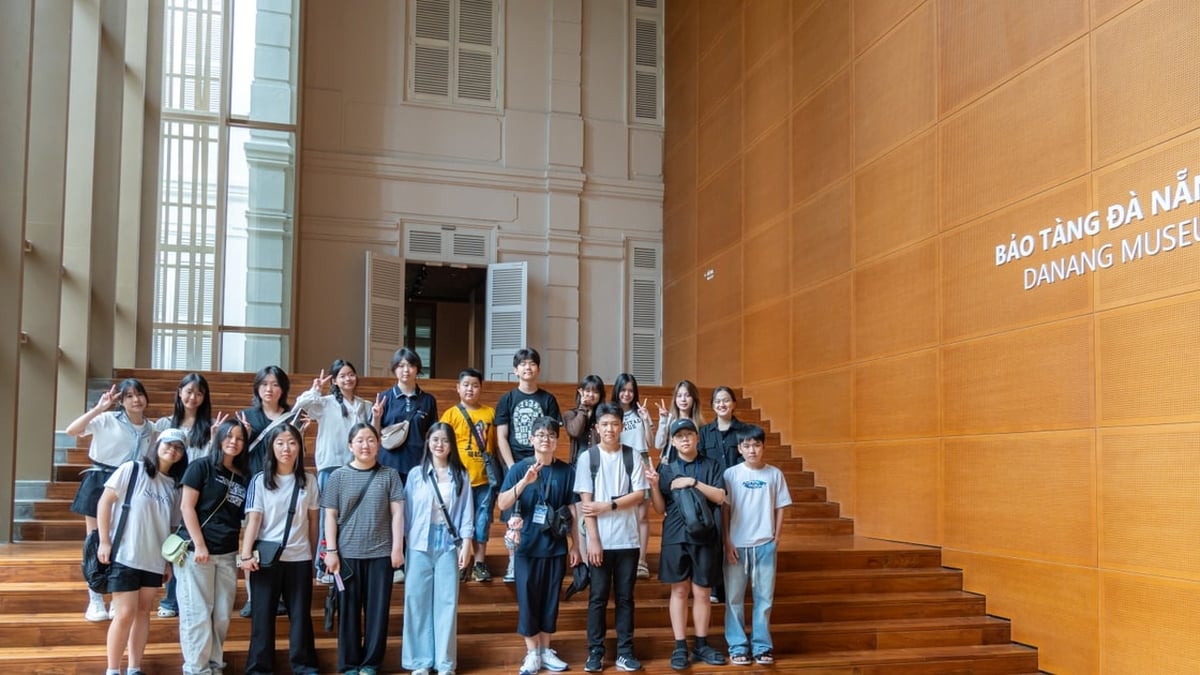
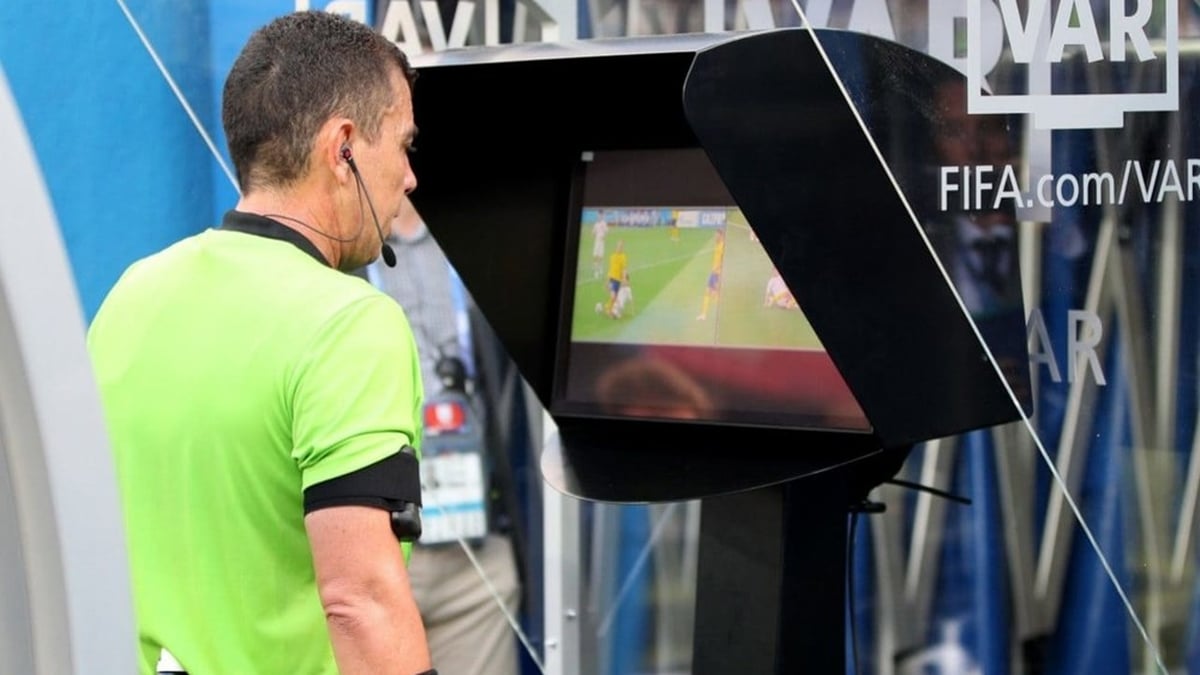

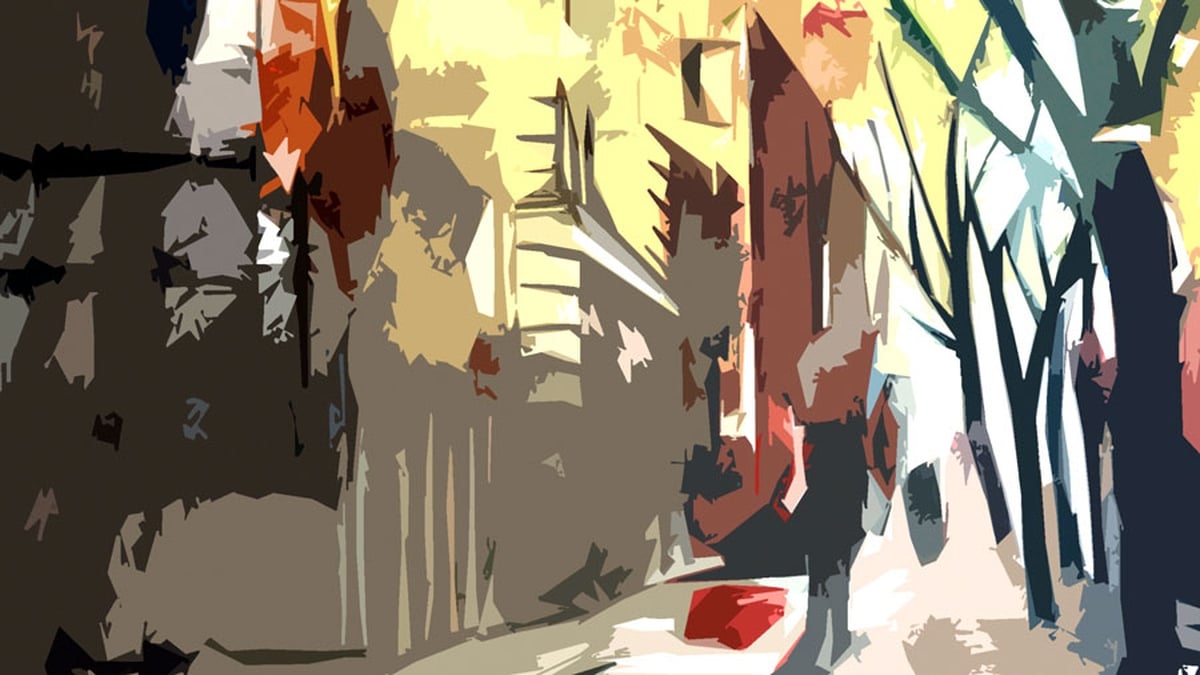

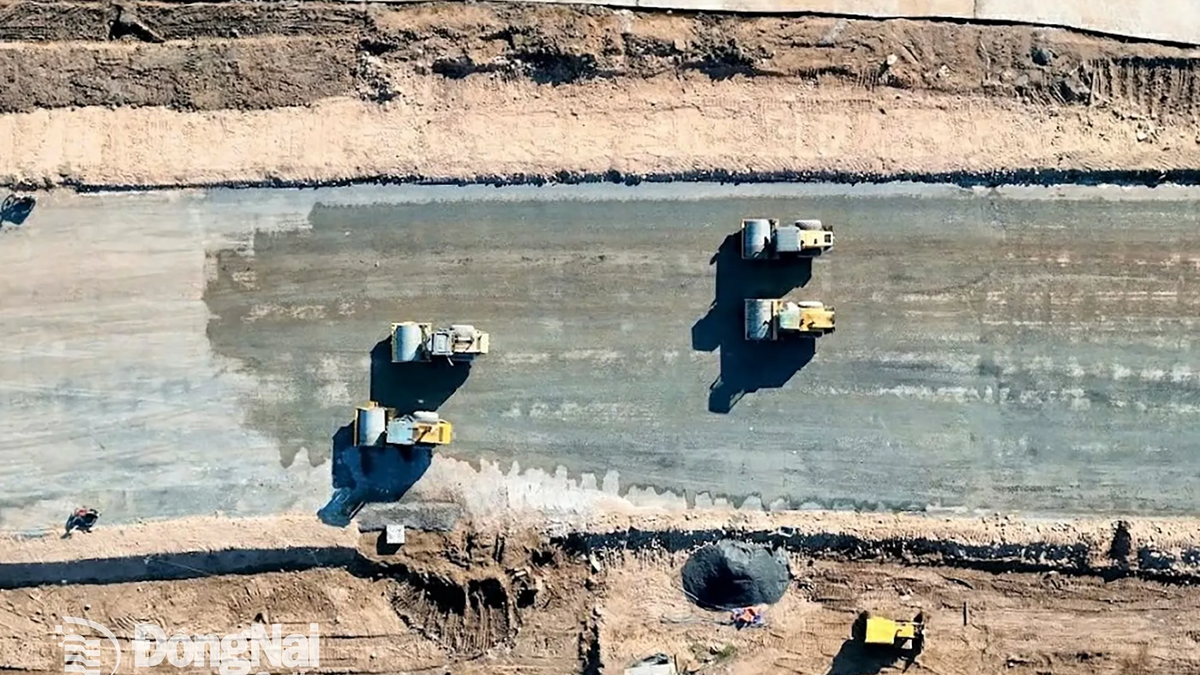
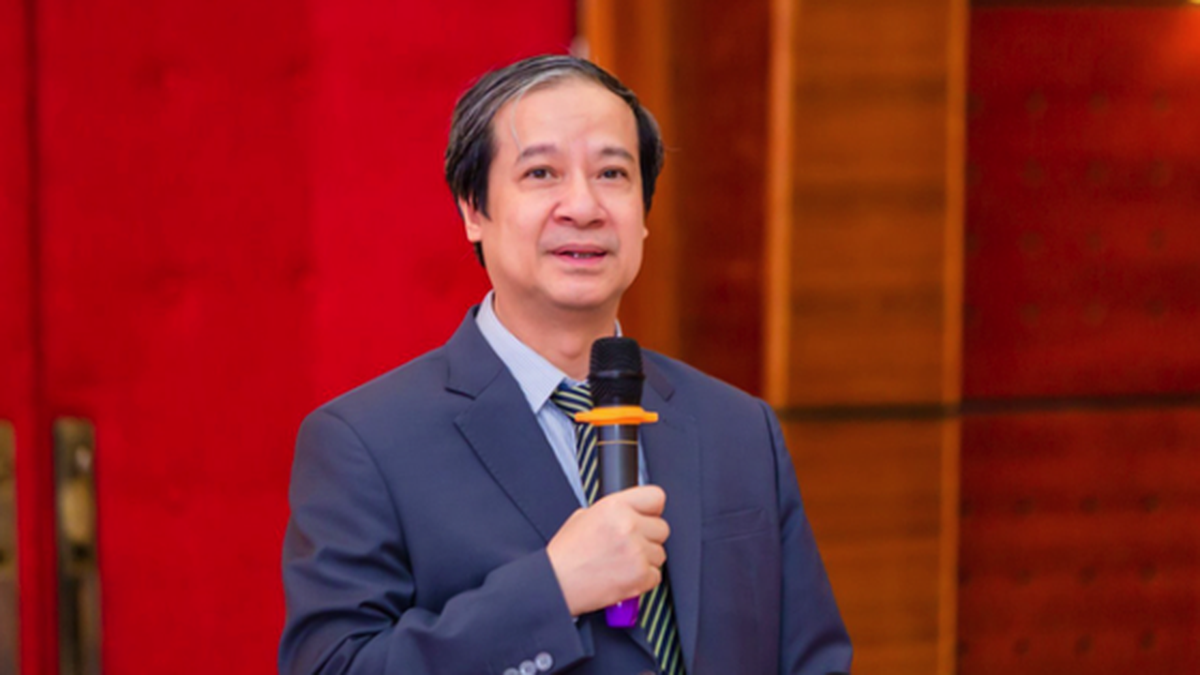













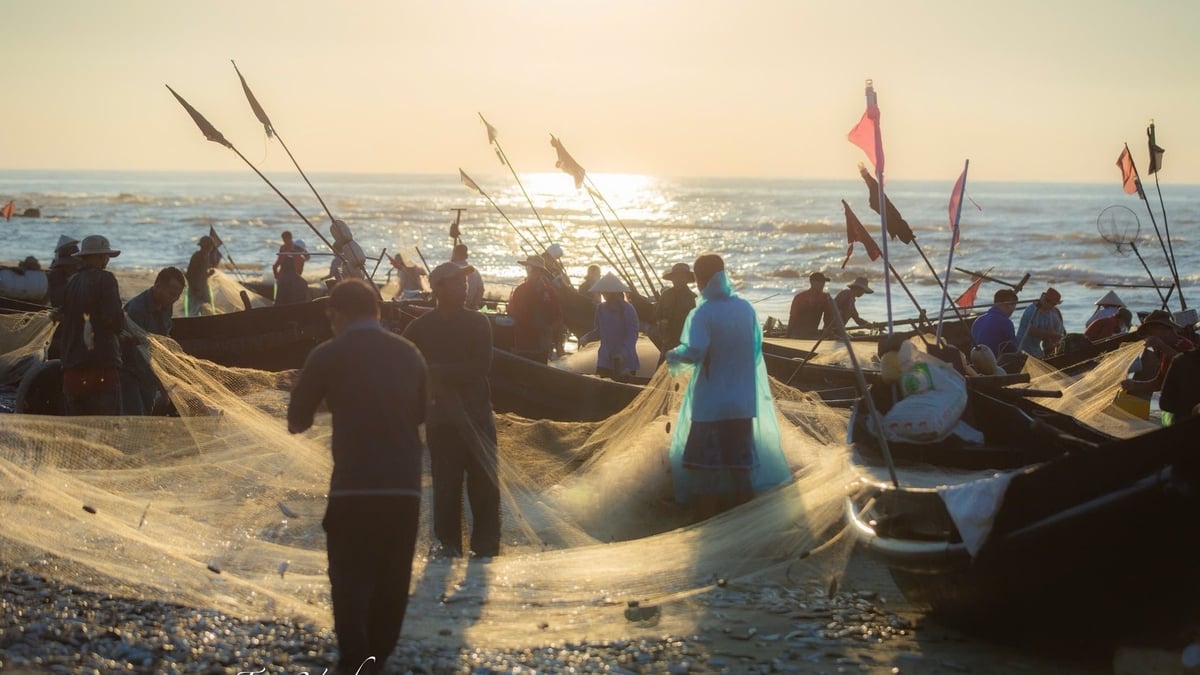




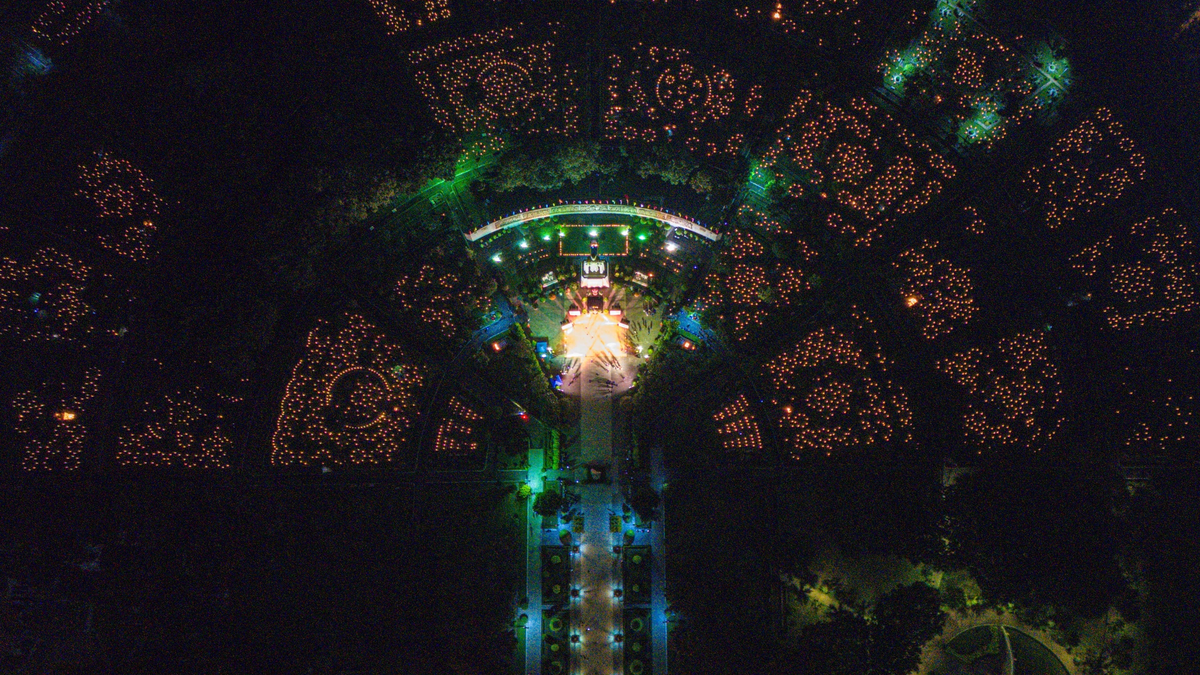


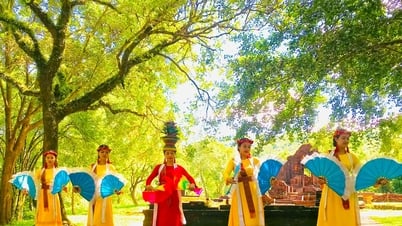

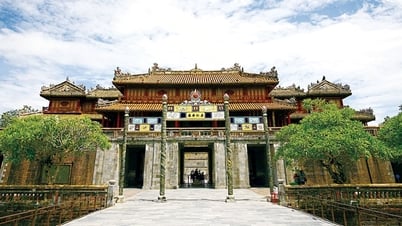
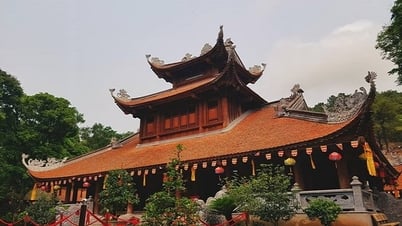





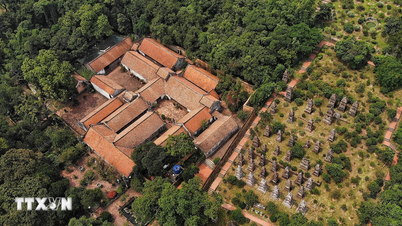
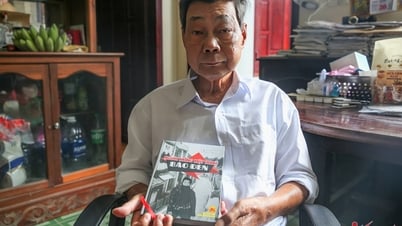

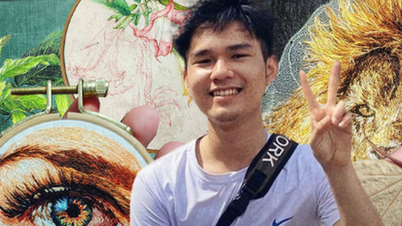

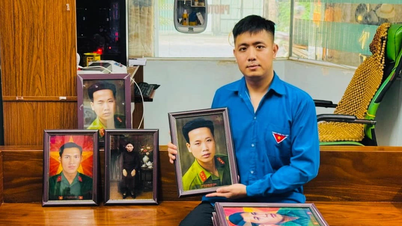



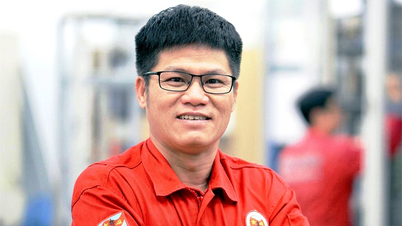


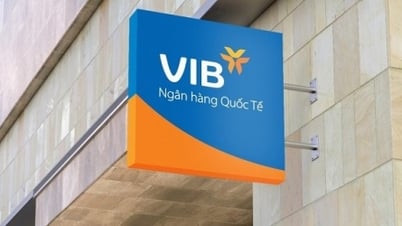




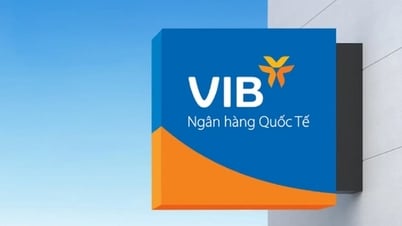
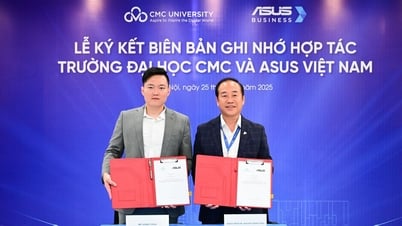


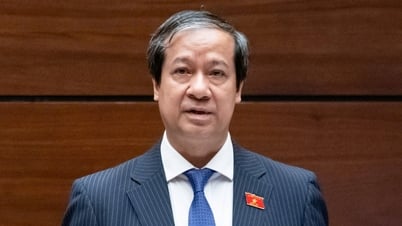
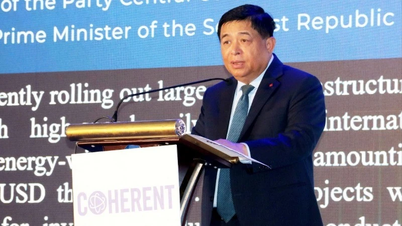


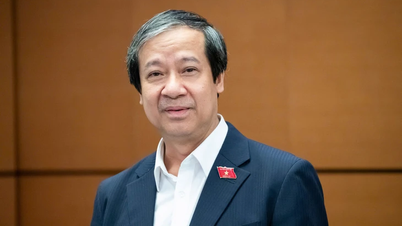


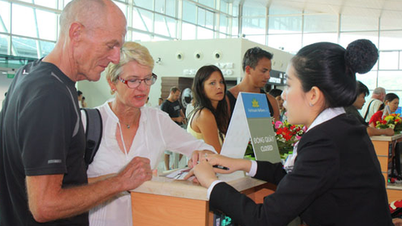

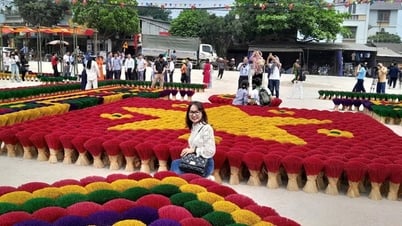
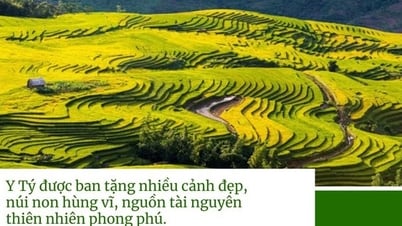
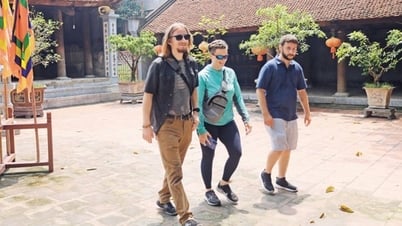





















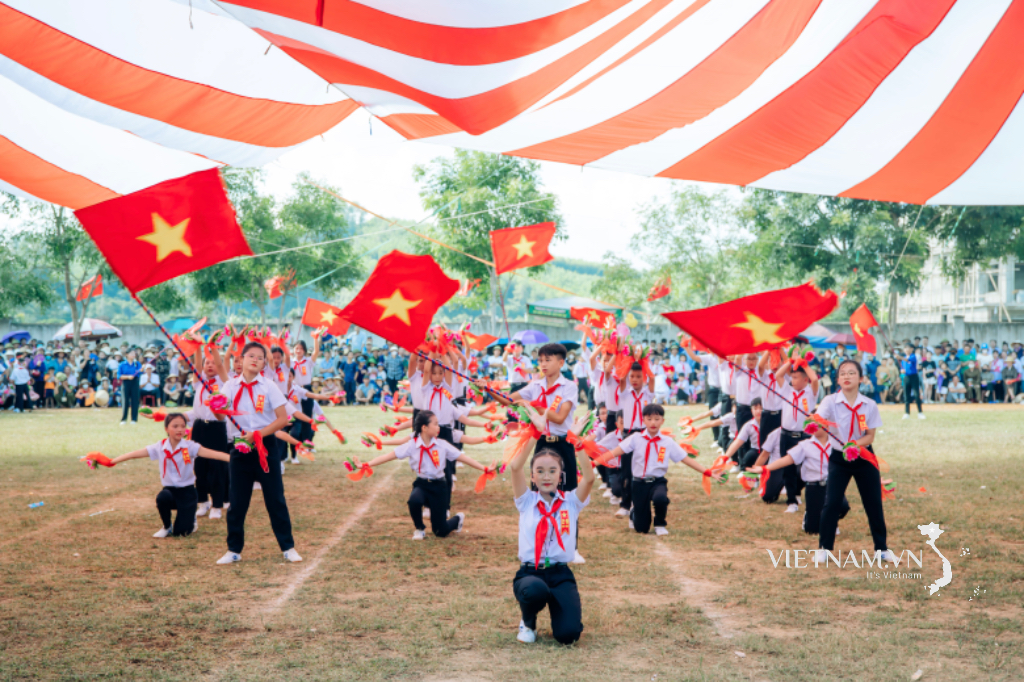



Comment (0)